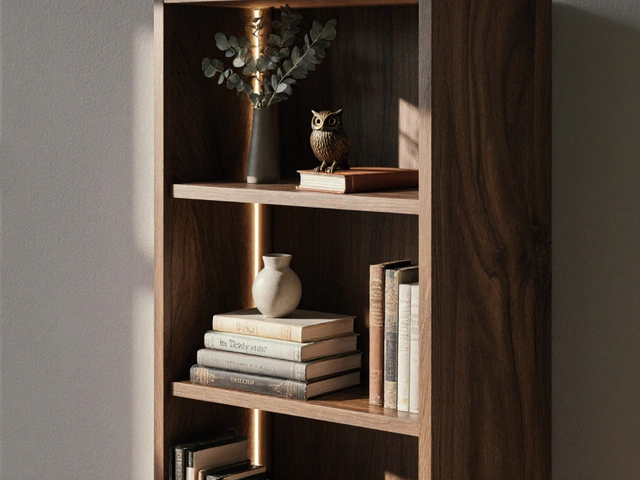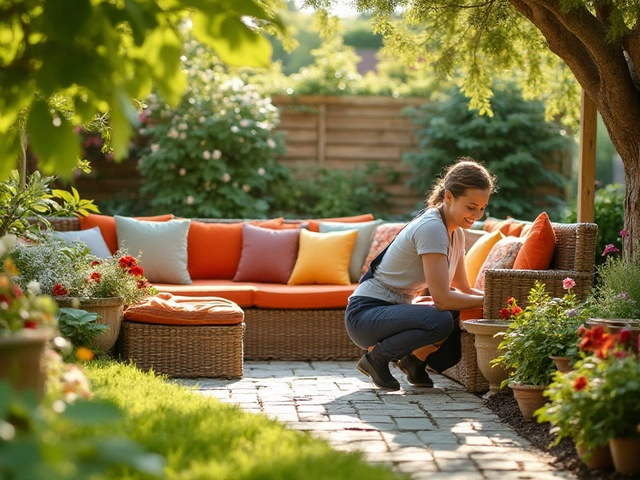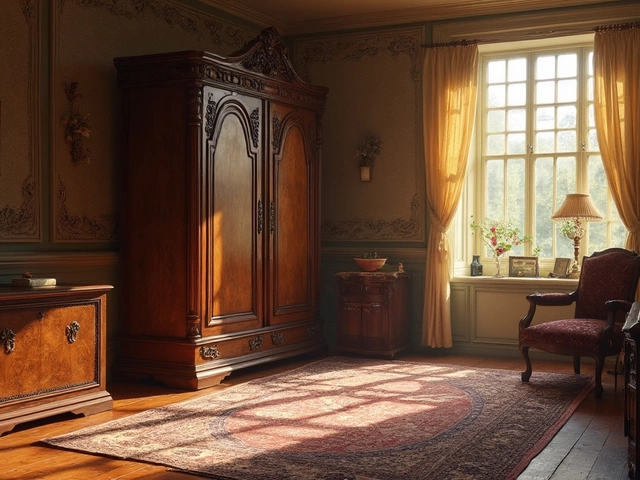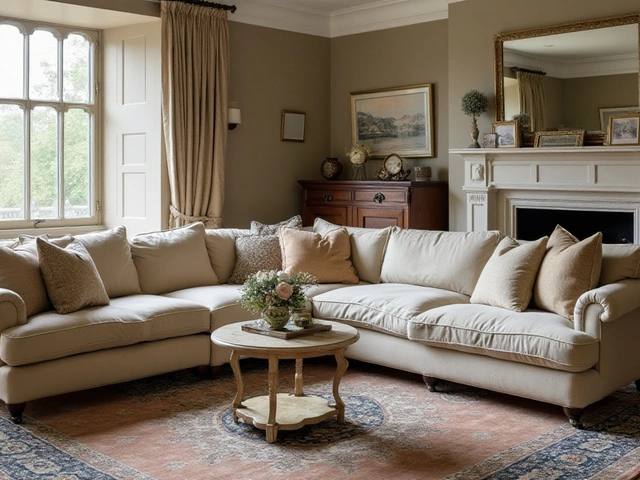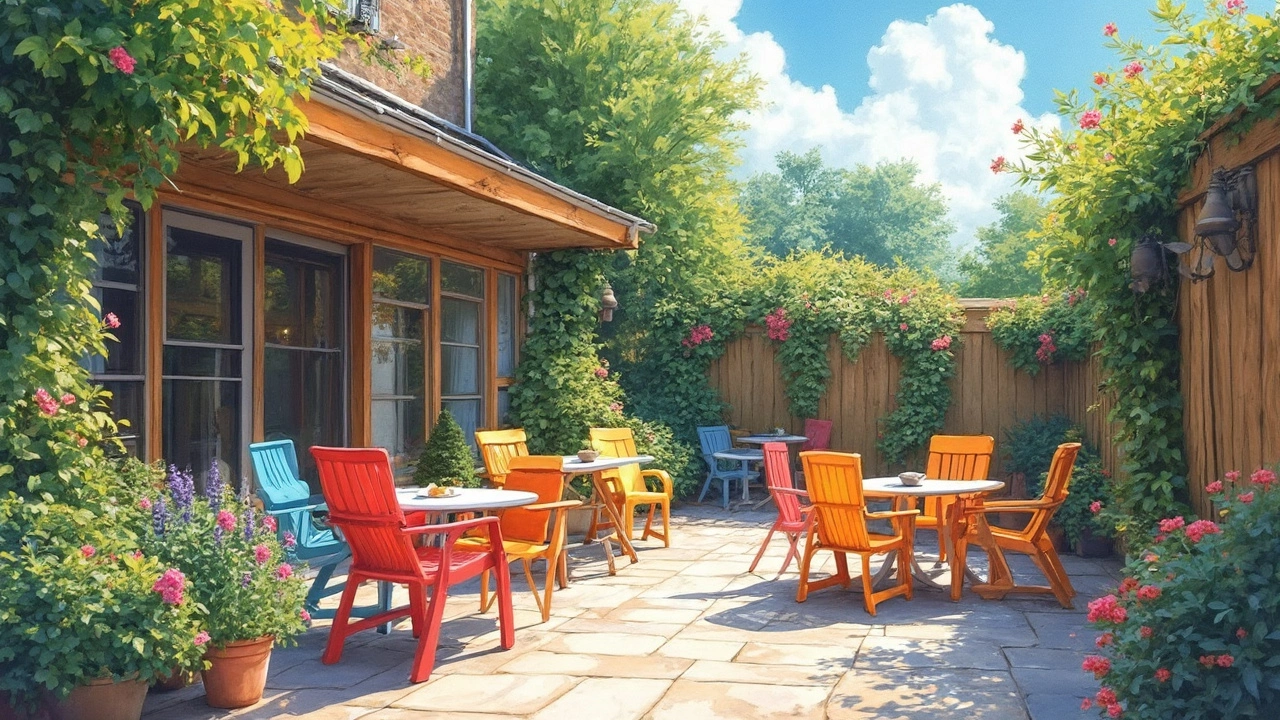 11
Apr,2025
11
Apr,2025
So, you're thinking about revamping your patio but worried about how a sudden downpour or relentless sun will affect your new furniture? Yeah, Mother Nature can be quite unpredictable. Picking the right furniture can save you a ton of headaches—and money.
First up, let's talk materials. You've got options like metal, wood, wicker, and even plastic. Each of these has its own quirks when it comes to handling the elements. For example, metal might sound tough as nails, but some types can rust if you're not careful. Same goes for wood, which can warp or rot if it's not treated properly.
You’ve probably seen plastic and wicker furniture around, and with good reason. These materials usually hold up well. But there's also a range of quality, so you’ve got to choose wisely. Cheaper plastics might fade, while lower-end wicker might not stand up to heavy rain.
So, understanding these materials can steer you towards a set that’s built to last—because nobody likes dragging damp cushions inside at the first hint of rain clouds.
- Understanding Weather-Resistant Materials
- Metal Furniture: Pros and Cons
- Plastic and Wicker Options
- Tips for Longevity and Care
Understanding Weather-Resistant Materials
When you're hunting for weather-resistant patio furniture, knowing your materials is half the battle won. Each type of material has its own way of standing up against the elements, so let's break it down.
First, there's metal—particularly aluminum and stainless steel. Aluminum is lightweight and doesn't rust, which is a huge win if you live in a rainy area. Stainless steel is a bit heavier but offers a sleek modern look and excellent durability. Just a tip: coatings and finishes on metal can add extra protection, so keep an eye out for those.
Then there's wood. Teak is the superstar here. It's naturally oiled, keeping moisture out, which is why you often see it used in boat building. Cedar is another solid choice due to its natural resistance to bugs and rot. Just remember, regular maintenance like sealing or staining is key to extending the life of wood furniture.
- Metal: Rust-resistant coatings add durability.
- Wood: Needs regular sealing or staining.
Now, if low maintenance is your jam, consider plastic or resin. High-quality plastics like polyethylene offer resilience and are virtually weatherproof. They resist fading and won’t break apart in harsh conditions. Wicker can also be a beautiful choice, especially when it’s synthetic. Real wicker looks great but needs extra care, so go for all-weather versions made of resin if you want easier upkeep.
A neat trick? Use patio covers. Just like a backup plan, they can be lifesavers for any material, catching those harmful UV rays or blocking out the sudden showers.
So, next time you're picking out your new favorite outdoor chair or snazzy table, think of the material as the backbone of weather resistance—knowing what to choose can keep your setup looking fresh, no matter what the weather throws at you.
Metal Furniture: Pros and Cons
When it comes to picking patio furniture that can brave the elements, metal options often make the top of the list. But not all metal furniture is created equal, so here's the lowdown on what you need to know.
First off, let's tackle the pros. Metal furniture, especially ones made from aluminum or stainless steel, is known for its durability. These materials don't rust easily, making them ideal for outdoor use. Aluminum is also super lightweight, so if you like to rearrange your outdoor living space often, this might be your go-to.
Now, if you're leaning towards a heavier option like wrought iron, you get the added bonus of a classic look and extra sturdiness. Just be prepared for hefty lifting if you decide to rearrange!
On the flip side, some drawbacks come with metal furniture. For instance, cheaper steel can rust over time unless it's properly coated or maintained. Garden furniture made from metal can also become hot under the scorching sun or chilly during colder months. So, a good tip is to invest in some cushions or covers to keep things comfy.
Also, keep an eye out for the potential cost. Metal furniture can be pricier than other options, especially if you're going for high-quality rust-resistant materials.
To give you an idea of the materials' performance over time, here's a quick comparison:
| Material | Rust Resistance | Weight |
|---|---|---|
| Aluminum | High | Light |
| Stainless Steel | High | Medium |
| Wrought Iron | Moderate (if not coated) | Heavy |
| Basic Steel | Low (if not coated) | Medium |
In a nutshell, if you're after weather-resistant patio pieces, metal can be a stellar choice as long as you weigh the pros and cons based on what matters to you—be it style, weight, or maintenance.
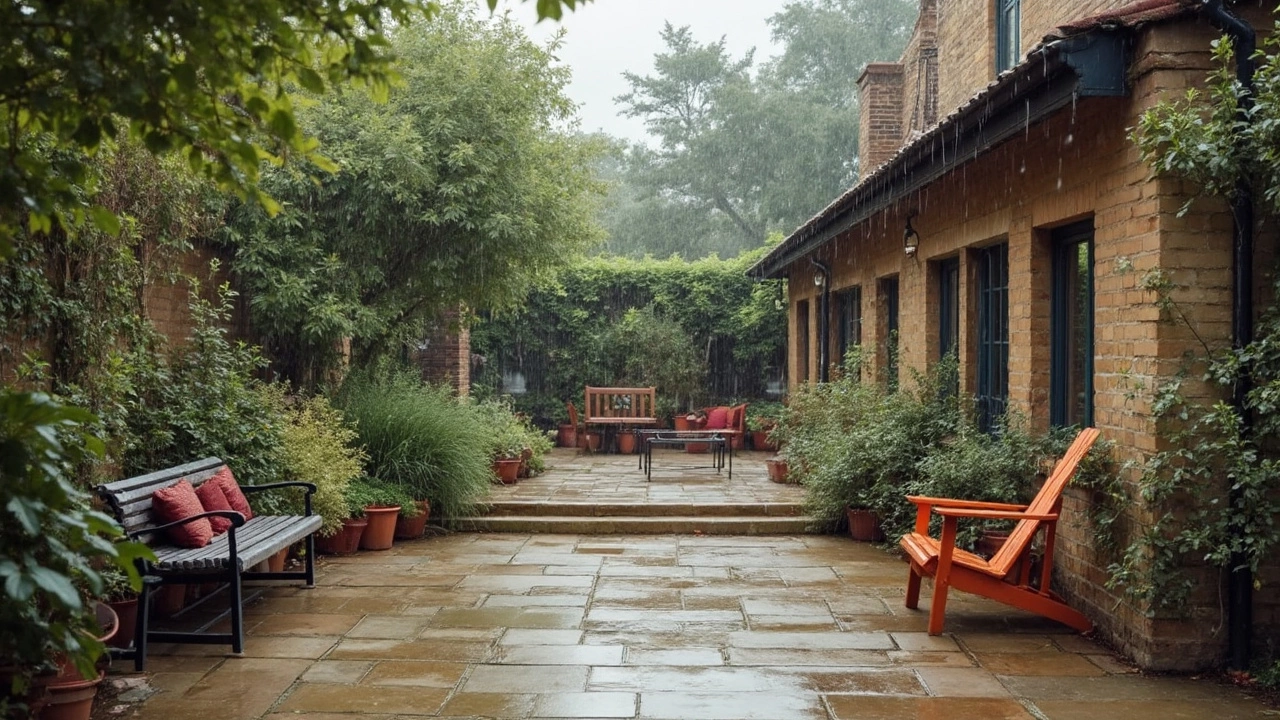
Plastic and Wicker Options
When it comes to picking durable patio furniture, plastic and wicker often find themselves in the spotlight. They're not just for show; these materials are built to handle a variety of weather conditions while keeping things stylish and comfy.
Let's start with plastic. High-density polyethylene (HDPE) plastics are a solid choice if you're looking for something that can take a beating from the sun and rain. It doesn't fade and is pretty much immune to cracking. Plus, it's lightweight, so you won't risk a hernia rearranging your patio setup.
- Durability: Top-notch for resisting the elements and requires minimal maintenance.
- Affordability: Generally budget-friendly compared to other outdoor furniture materials.
- Eco-Friendly: Many HDPE products are made from recycled materials, which is a win for the planet.
Now, let's talk about wicker. But not any ordinary wicker—you're looking for synthetic versions like resin wicker. This stuff mimics the look of natural rattan but is woven in a way that's rugged enough to withstand rain and harsh sunlight.
Here's why synthetic wicker should be on your radar:
- Weather Resistance: Resin wicker won't mold or mildew, making it ideal for humid climates.
- Low Maintenance: A quick wipe-down keeps your furniture looking fresh.
- Versatility: It comes in a variety of styles and colors, so you're not short on design options.
If you’re concerned about numbers, a survey from last year showed that nearly 60% of households favored plastic and wicker for weather-resistant patio furniture. That’s a pretty strong endorsement.
In summary, if you're diving into the realm of garden furniture, picking plastic or wicker lets you enjoy your outdoor space with less hassle and more style. Whether it's lounging with Tigger or hosting a barbecue, these materials got your back.
Tips for Longevity and Care
Alright, let’s get into the nitty-gritty of keeping your patio looking sharp. First thing’s first: you need to give your patio furniture a fighting chance against the elements.
When it comes to metal, especially iron or steel pieces, rust is the enemy. You want to grab some good-quality rust protectant. A simple spray-on version is usually easiest, doing wonders for weather-resistant durability. Don't forget to check for any existing rust spots—sand them down before applying a new coat of protectant.
If your style leans more towards wood, it’s all about sealing and staining. A water sealant will keep the furniture from absorbing moisture and prevent swelling or cracking. Reapply it once a year, ideally before the rainy season kicks in. And hey, if you’re dealing with teak, it naturally fights off weather damage but still benefits from a bit of oil now and then.
Families using plastic furniture don't usually think it needs much upkeep, but UV rays can fade colors over time. To avoid that, spray a layer of UV protectant meant for plastics. Cleanup is a breeze—just give it a wipe down with some soapy water.
Don't forget garden furniture cushions if you have them—these are often the first to show signs of wear. Choose ones with removable, washable covers, and bring them inside during harsh weather. For those who love gadgets, consider getting a patio storage box. Great for those cushions, and it’ll keep your space tidy!
Consider investing in good covers when the weather's not great. They're lifesavers and keep everything protected. If you've got metal or wooden tables and chairs, a cover keeps them dry and prevents weather damage.
Finally, don’t underestimate simple maintenance tasks. Tighten those wobbly screws and bolts now and then. It’ll keep your furniture solid and ready for unexpected parties.
- Keep metal rust-free with a protectant spray.
- Seal wooden pieces annually to prevent moisture damage.
- Use UV protectant for plastic furniture.
- Choose washable cushions and store them indoors during bad weather.
- Invest in patio covers for added protection.
- Regularly tighten screws and bolts to maintain stability.
Taking these steps won’t just keep everything looking good—it’ll also save you a few bucks in the long run by reducing the need for replacements. Plus, you’ll have a patio that’s always invite-ready, rain or shine!
